1. Lunar New Year is celebrated around the world by a total of approximately 1.5 billion people

Fireworks are launched in the night sky of Beijing, China on Feb. 8, 2016, to celebrate the Lunar New Year (The Yomiuri Shimbun via AP Images) Source: AAP
It's also a popular excuse for spring cleaning!
2. It's the world's biggest annual detonation of fireworks
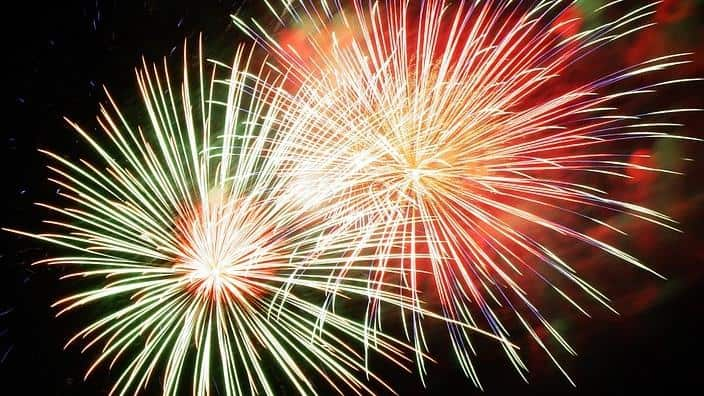
The city of Perth has not always provided a New Year's Eve firework display. Source: Pixabay
The Fireworks are used to scare evil spirits.
3. It falls on a different date every year
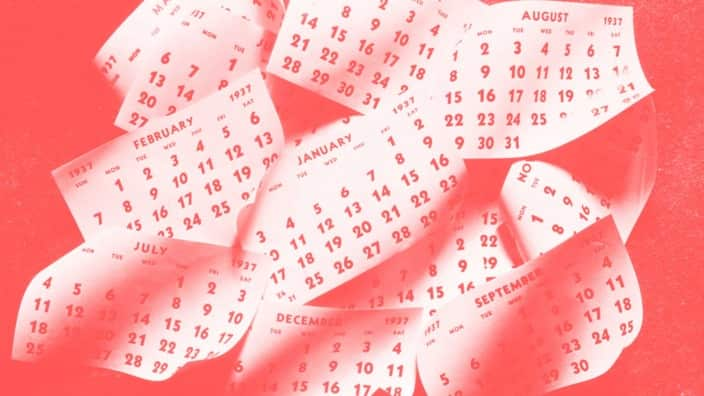
Source: (Archive Holdings Inc.)
4. The Lion dance is a traditional feature
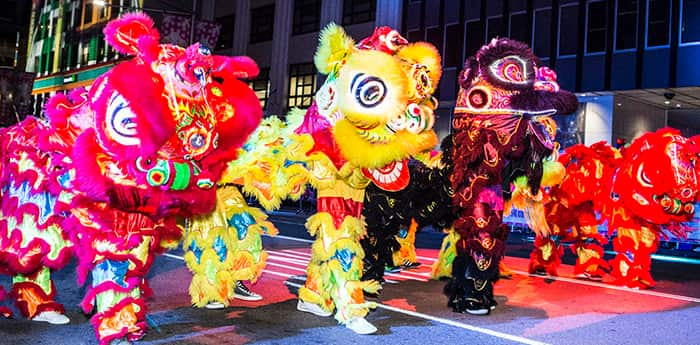
The lion (nian) dance Source: SBS Radio
5. It spans 15 days

Big moon, but your brain's doing the work Source: AAP
Each day has a particular role, such as visiting family on one day or eating certain foods on another.
6. It dates back 4,000 years
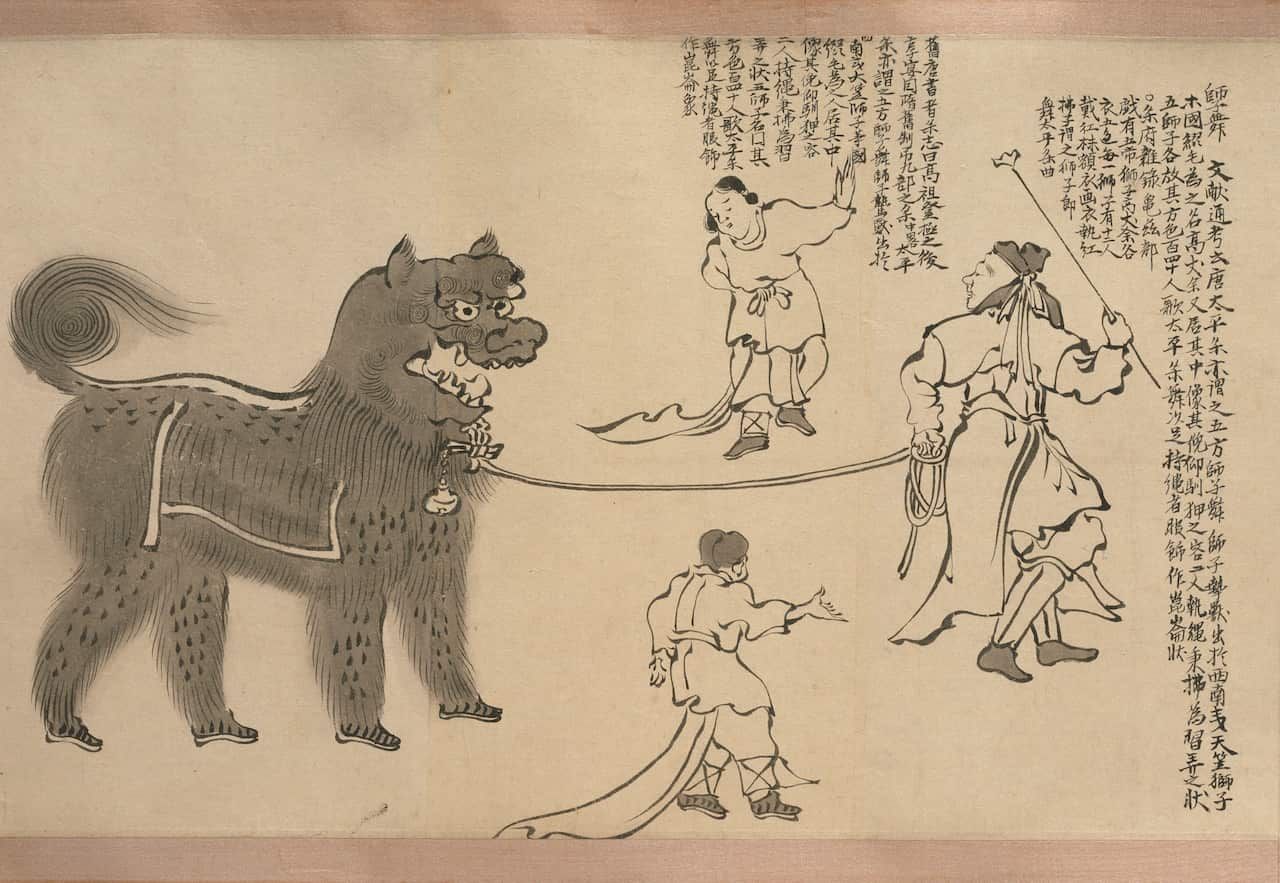
Japanese illustration of a Lion Dance that some argued represents the Tang Dynasty lion dance described by Bai Juyi Source: Wikimedia Commons
At midnight, family members open doors and windows to let out the old year and invite good luck and fortune for the year ahead.
7. It's all about painting the town red

Australia joins in painting the town red for Lunar New Year by lighting up the sails of Sydney Opera House
8. Each year is symbolised by a different animal
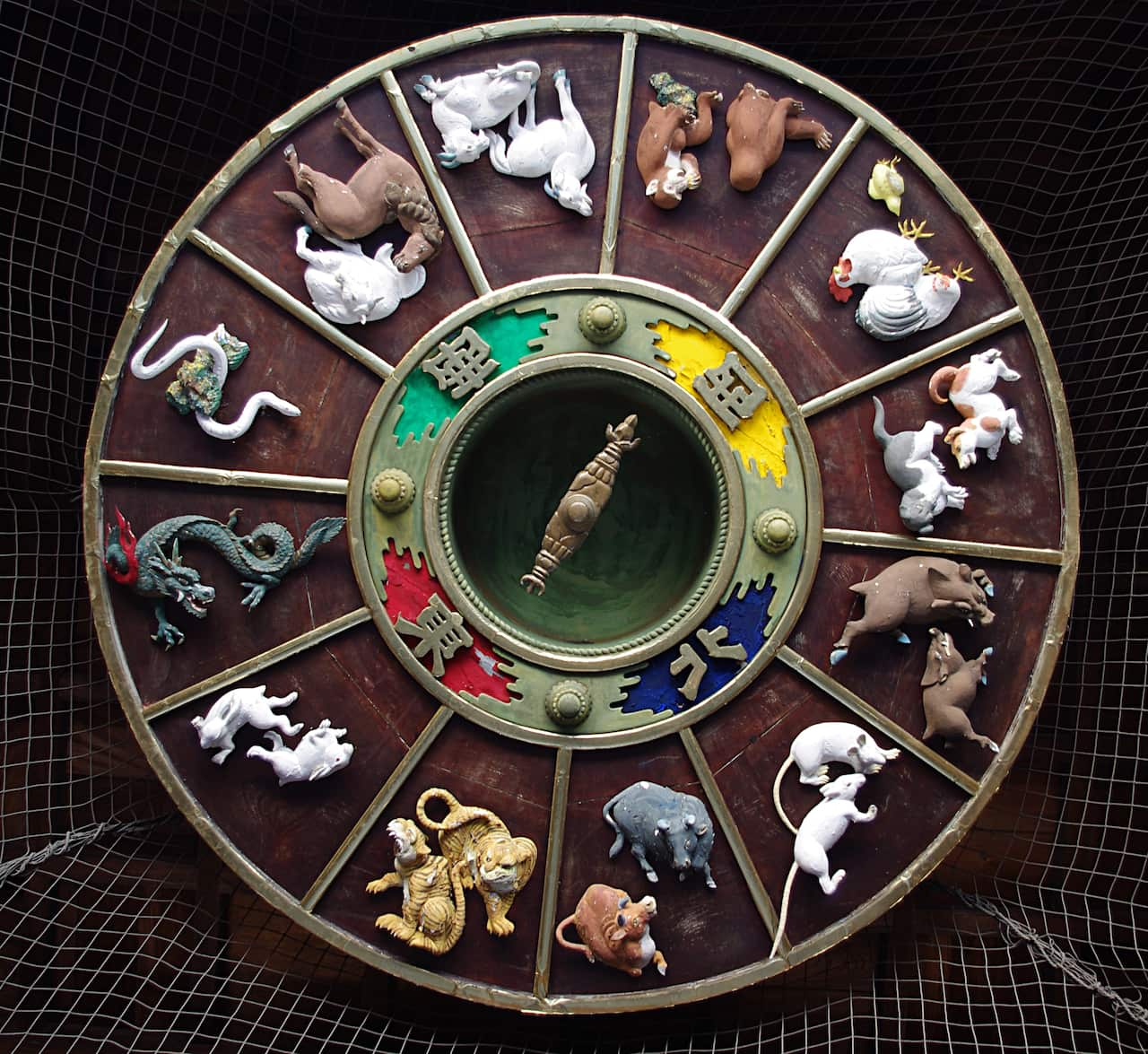
Chinese Zodiac Calendar Source: Wikimedia Commons
The 12 animals are rat, ox, tiger, rabbit, dragon, snake, horse, sheep, monkey, rooster, dog and pig.
2017 is the Year of the Rooster.
9. It's also partytime for pooches

Source: Pixabay
So, on that day - be extra kind to your dog!
10. It's a good time for a makeover

Source: Pixabay
11. There are Lanterns EVERYWHERE (for a reason)

A woman making a lantern as they are displayed in front of a shop in Hoi An Source: AAP
The lanterns are believed to light the way for the New Year. They’re also associated with guiding lost or mischievous spirits home.
12. Lunar New Year goes BIG Downunder
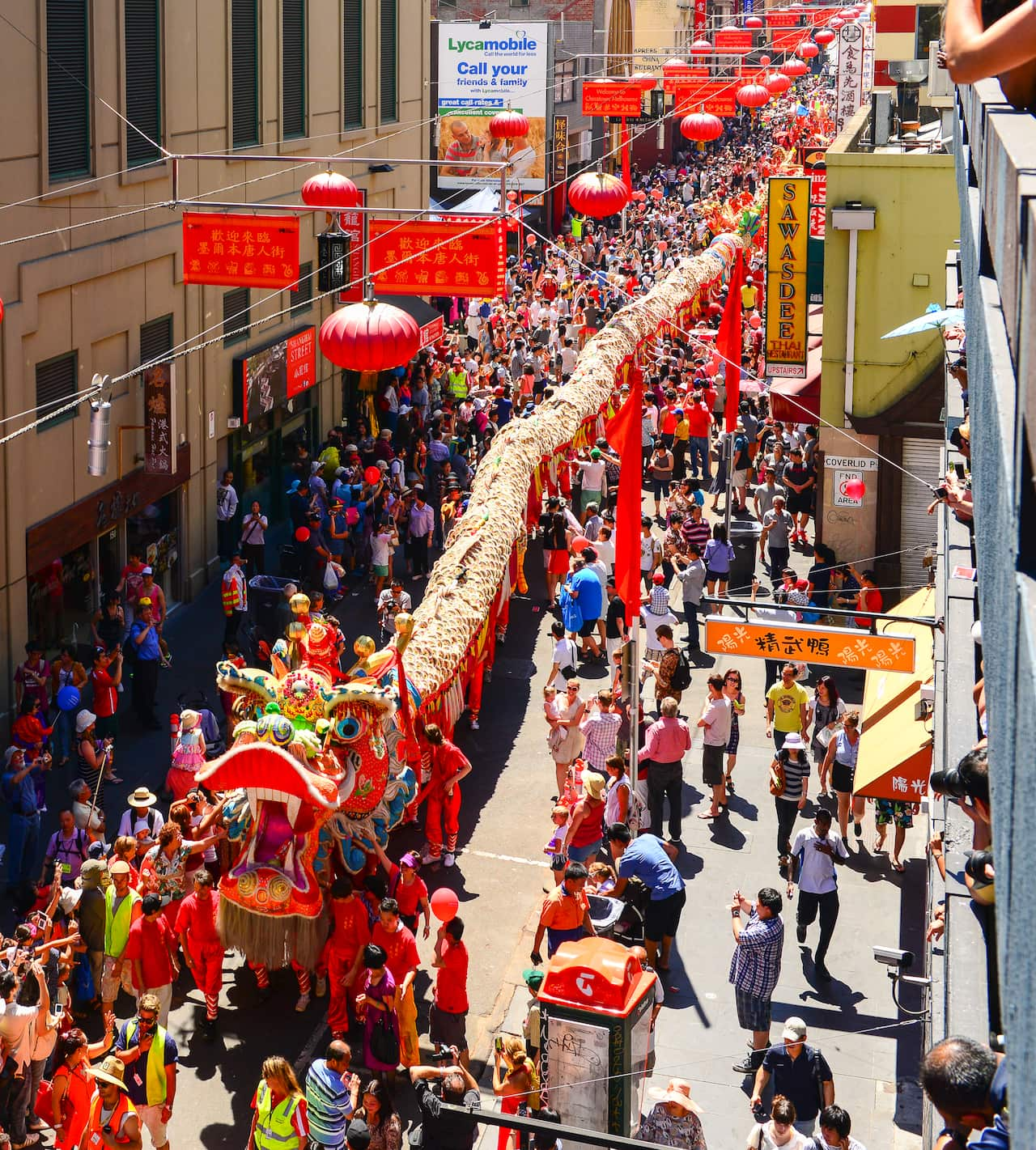
Lunar New Year celebrations in Melbourne, Australia in 2014 Source: Wikimedia Commons
The tradition was widely celebrated by Chinese gold miners during Australia’s 1860’s Gold Rush.
Share

